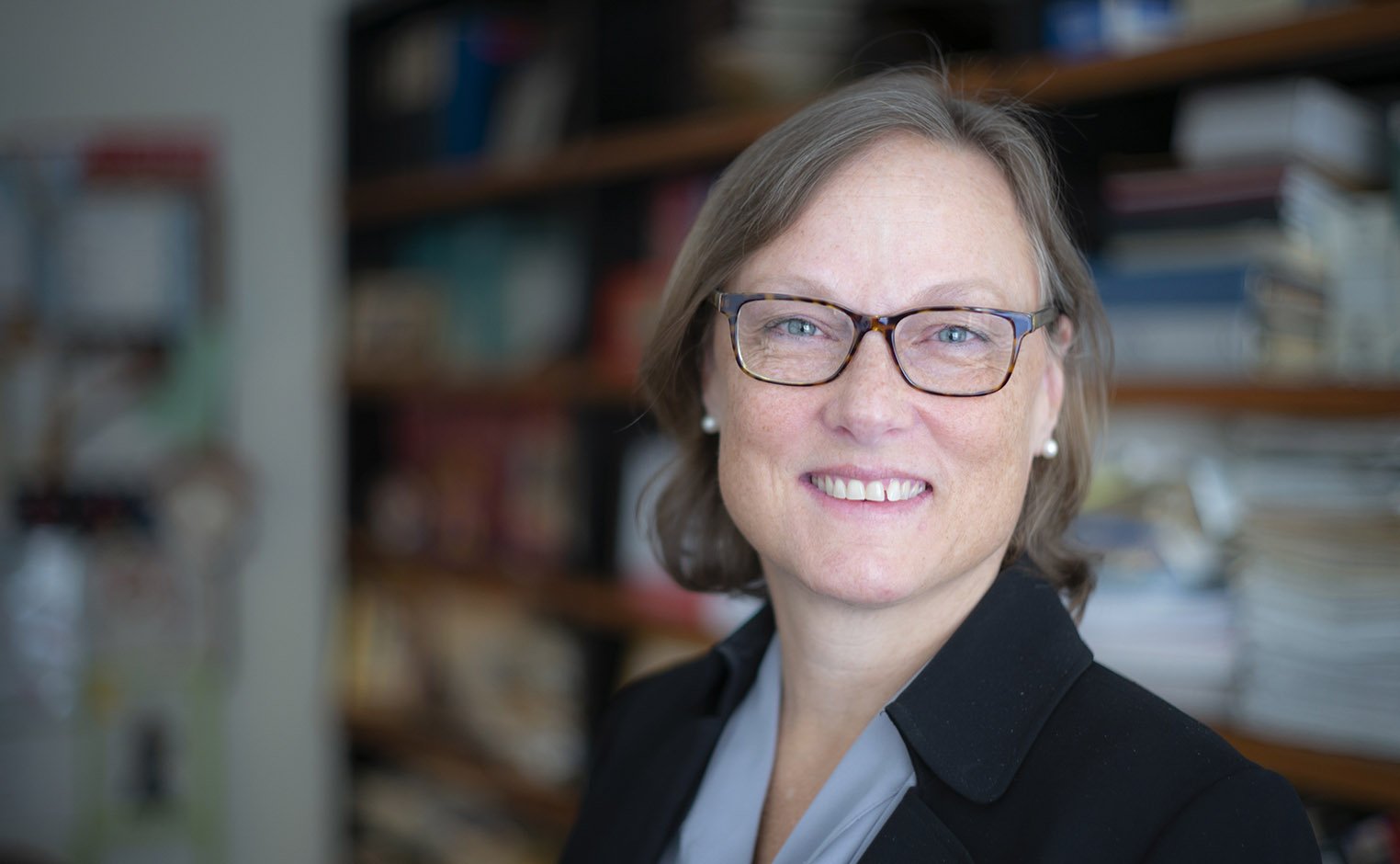Economist Amanda Bayer Helps the Federal Reserve Board Diversify Its Ranks

The New York Times: How the Fed Is Trying to Fix Its White Male Problem
The Federal Reserve Board of Governors receives hundreds of applications each year for research assistant positions, jobs that require technical skills in coding and statistics, but only a bachelor’s degree. To go through the résumés efficiently, managers would often prioritize highly ranked programs and would sometimes insist that students had earned good grades in a high-level math course called real analysis.
That left the candidate pool unintentionally skewed in favor of those who gravitated toward the desired class and who could afford top universities—and that group seemed to be heavily made up of white men from privileged backgrounds, said David Wilcox, a senior fellow at the Peterson Institute who ran the Fed’s research and statistics division.
...
So starting several years ago, the central bank shook things up. It has begun casting a wider net for applicants, adding a recruiter who trekked out to a more varied set of schools. Starting in 2015, it brought in Amanda Bayer—a former Fed researcher who teaches at Swarthmore College—to help to rethink how résumés were reviewed. While the Fed cannot legally hire based on race and gender, it could make sure a broader swath of applicants were considered.
A centralized committee began conducting an initial review of applicant résumés, and the Fed started prioritizing qualities key to success in the job, like collaboration and teamwork. It took into account work experience and activities beyond the classroom. And the board standardized interview questions, so that instead of chatting about shared experiences, candidates and interviewers would focus on job-related skills.
Grades were kicked to the curb as a be-all and end-all, Bayer said.
“If a student comes in with a 3.9 G.P.A. from college, it means they hit the ground running in college,” she said. “That’s another tendency for economists: Just set a higher quantitative bar. You’re going to omit a lot of fabulous people that way.”
The new approach has had an impact. The Fed Board employed 150 research assistants in 2017, 39% of them women. That is up 5 percentage points from four years earlier. Minorities made up 29% of economists, up 6 points, Brookings found.
Amanda Bayer joined Swarthmore’s faculty in 1992 and teaches courses in advanced microeconomic theory, game theory, introduction to economics, and race, ethnicity, and gender in economics. Bayer has worked much of her career to address diversity in economics. She has published papers on the issue, served on the American Economic Association’s Committee on the Status of Minority Groups in the Economics Profession, and co-organized the inaugural National Summit on Diversity in the Economics Profession with the Federal Reserve. She is also the creator and editor of Diversifying Economic Quality, a widely read online resource that promotes inclusive, innovative, and evidence-based teaching practices in economics.


